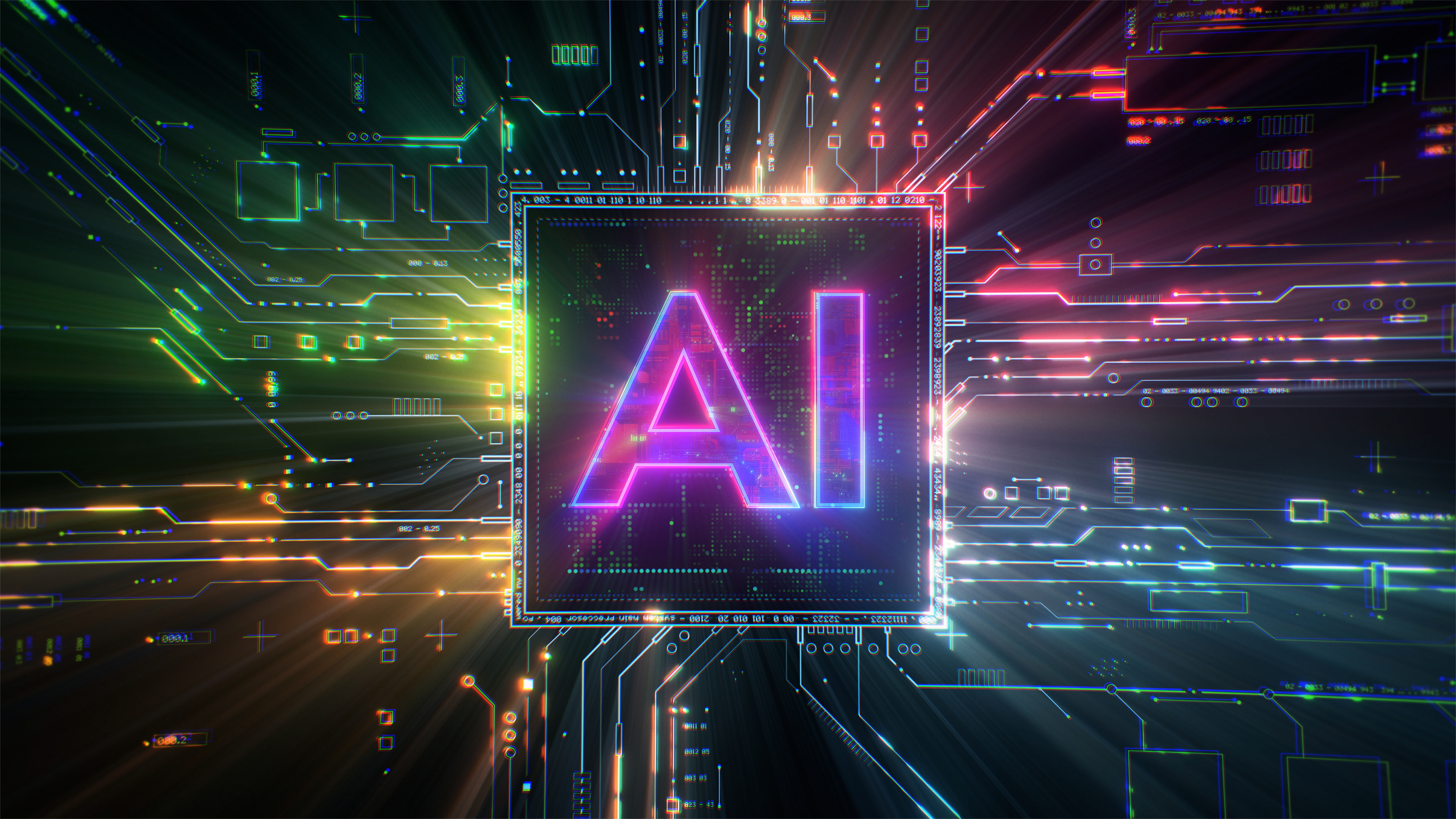
Elon Musk, ever the harbinger of modern enterprise folly and grandeur, has once again captured the collective gaze of Wall Street-this time, with his less-than-subtle proclamation that Tesla, that improbable juggernaut, is embarking on the fine art of designing its own artificial intelligence (AI) chips. One might say that Musk is nothing if not a master of commanding attention, but one must ask: does he possess the skill to command an industry?
Loading…
–
The announcement is hardly the first of its kind in Musk’s long history of ambitious-and occasionally audacious-endeavors. Tesla’s venture into the world of custom silicon, under the banner of AI5 and its successor AI6, is billed as a leap toward greater vertical integration. But what, precisely, does this mean for Nvidia, the current titan of the semiconductor world? The implications are not so easily dismissed, nor so readily understood.
AI5: A Chip for the Times, or Another Muskian Mirage?
The AI5 and its follow-up, the AI6, are not mysterious inventions, but rather Tesla’s quaint little codenames for what it hopes will be the next-generation custom chips. Musk’s fans will no doubt see these as the dawning of a new era, a shift toward greater self-sufficiency. Investors, on the other hand, might wish to peer beyond the fireworks and confetti to see what lies beneath. Tesla’s intentions here are not merely to rival Nvidia’s dominance-they are to seize control of the technological stack, reducing both cost and dependency. In theory, anyway.
The business logic is deceptively simple. By consolidating its computing onto a single family of bespoke chips, Tesla would ostensibly reduce costs, improve performance, and accelerate development. In truth, however, the venture is laden with risk. The strategy, while promising in its ambition, is a high-stakes gamble-one which, if successful, could indeed offer greater profit margins. Should it fail, however, it would entrench Tesla’s dependency on third-party suppliers for the foreseeable future, an uncomfortable reality for any company with aspirations of grandeur.
The Real AI Battle: Self-Driving Cars vs. Humanoid Robots
For all of Tesla’s lofty ambitions, it is worth noting that its AI goals are not monolithic. They can be divided neatly into two camps: the grand dream of self-driving cars and the more peculiar venture into humanoid robotics. Both markets may cater to different end users, but both are united by the same overarching objective: autonomy. Yet the road to autonomy is no linear path; it is paved with endless iterations, testing, and the slow accumulation of intelligence.
Autonomy will not emerge as some eureka moment, but as a steady and protracted evolution. Tesla’s robotaxi and Optimus robots will, if Musk’s dreams materialize, become “smarter” through the endless loop of data and machine learning. This is no overnight revolution, but rather a slow, grinding march toward self-improvement. An admirable vision, to be sure-but hardly one likely to disrupt Nvidia’s supremacy in the immediate future.
The Battle for Silicon: Will Tesla Outflank Nvidia?
And yet, the question lingers: could this foray into custom silicon truly pose a threat to Nvidia’s hegemony? Musk’s critics and enthusiasts alike have posited this as the latest in a long line of Muskian “checkmates”-the latest salvo in a battle for technological supremacy. Alas, the reality is more complicated, and less dramatic.
At present, Nvidia remains the unassailable leader in AI infrastructure, its dominance founded on both the strength of its hardware and the widespread adoption of its CUDA computing platform. This is not a company that operates on a whim or chance. Its position is fortified not merely by innovation, but by a deep ecosystem that rivals-and discourages-any serious competition. Its rapid release of the Blackwell Ultra GPUs and the promise of next-gen Rubin GPUs only serve to further solidify this position.
The real power of Nvidia lies not in its chips alone, but in the seamless hardware-software stack that it has so painstakingly crafted. This integrated system presents an almost insurmountable barrier to any would-be rivals. The technological moat around Nvidia is thick, and its competitive advantages are formidable. In short, Musk’s foray into custom chips is unlikely to produce the dramatic upset some might expect.
Moreover, as Tesla ventures into its own chip design, it is still far from matching the breadth of Nvidia’s infrastructure. The flywheel that Nvidia has built is unlikely to grind to a halt simply because one company wishes to become more self-sufficient. Even if Tesla develops its own chips for some purposes, it is more probable that it will remain an Nvidia customer-at least in the realm of AI training protocols.
The takeaway, therefore, is straightforward: Tesla’s ambitions are notable, but their immediate impact is likely to be limited. While the company’s drive to develop its own infrastructure deserves attention, it is not a “checkmate” against Nvidia. The AI chip leader remains as entrenched as ever, its position unshaken by the ambitions of a rival whose technological ecosystem is still in its infancy.
Ultimately, as Tesla’s chips take shape and Nvidia continues to dominate the AI landscape, investors would do well to remember that the game is far from over-if, indeed, it has even begun. 🏁
Read More
- 39th Developer Notes: 2.5th Anniversary Update
- Shocking Split! Electric Coin Company Leaves Zcash Over Governance Row! 😲
- Celebs Slammed For Hyping Diversity While Casting Only Light-Skinned Leads
- Quentin Tarantino Reveals the Monty Python Scene That Made Him Sick
- TV Shows With International Remakes
- All the Movies Coming to Paramount+ in January 2026
- Game of Thrones author George R. R. Martin’s starting point for Elden Ring evolved so drastically that Hidetaka Miyazaki reckons he’d be surprised how the open-world RPG turned out
- Gold Rate Forecast
- Here Are the Best TV Shows to Stream this Weekend on Hulu, Including ‘Fire Force’
- The Worst Black A-List Hollywood Actors
2025-09-20 00:27